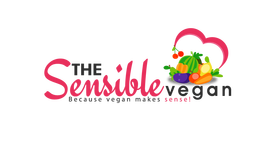|
During my holistic nutrition certification, I learned that a healthy gut is the cornerstone of overall well-being. It plays a crucial role in digestion, nutrient absorption, and even immune function. While there are numerous ways to support gut health, adopting a vegan diet rich in plant-based foods can provide an abundance of nutrients that promote a thriving gut microbiome. In this blog post, l highlight five vegan foods that are particularly beneficial for gut health. Fermented Foods Fermented foods are packed with beneficial probiotics, which are live microorganisms that support gut health by balancing the intestinal flora. Vegan options include sauerkraut, kimchi, tempeh, and fermented soy products like miso. These foods not only introduce healthy bacteria into the gut but also aid in digestion and nutrient absorption. Legumes Legumes, such as beans, lentils, and chickpeas, are rich in fiber, which is essential for maintaining a healthy digestive system. Fiber helps regulate bowel movements, prevents constipation, and fosters the growth of beneficial bacteria in the gut. Additionally, legumes are a great source of prebiotics, non-digestible fibers that serve as food for probiotics, further supporting gut health. Whole Grains Whole grains like quinoa, brown rice, oats, and barley are not only nutrient-dense but also rich in fiber, vitamins, and minerals. They provide sustained energy and promote digestive regularity. The fiber in whole grains acts as a prebiotic, nourishing the gut microbiota and promoting a diverse microbial community, which is linked to better overall health. Fruits and Vegetables A rainbow of fruits and vegetables should be staples in any vegan diet. These plant-based foods are loaded with fiber, vitamins, antioxidants, and phytonutrients, all of which contribute to a healthy gut. Berries, bananas, apples, leafy greens, broccoli, and artichokes are particularly beneficial for gut health due to their high fiber content and diverse array of nutrients. Nuts and Seeds Nuts and seeds are excellent sources of healthy fats, protein, fiber, vitamins, and minerals. They provide essential nutrients that support gut health and overall well-being. Almonds, walnuts, chia seeds, flaxseeds, and hemp seeds are especially noteworthy for their omega-3 fatty acids and fiber content, which help reduce inflammation and support gut integrity. Incorporating these five vegan foods into your diet can go a long way in promoting gut health and overall vitality. By nourishing your body with fermented foods, legumes, whole grains, fruits, vegetables, nuts, and seeds, you're providing your gut microbiome with the nutrients it needs to thrive. Remember to prioritize diversity in your plant-based diet to ensure you're getting a wide range of beneficial nutrients and compounds. Your gut will thank you for it!
0 Comments
A common misconception about veganism is that it's challenging to meet essential nutrient requirements, especially calcium. However, with a well-balanced and informed approach, vegans can easily obtain all the necessary nutrients, including calcium, from plant-based sources. Calcium is crucial for maintaining strong bones and overall health. In this blog post, we'll explore some of my favorite vegan sources of calcium! Dark Leafy Greens Dark leafy greens like kale, collard greens, and bok choy are excellent sources of calcium. These nutrient-rich greens provide a powerhouse of vitamins, minerals, and fiber. For instance, a cup of cooked collard greens can deliver up to 25% of your daily calcium needs. Whether enjoyed in salads, stir fry dishes, or smoothies, these greens are a delicious way to fortify your bone health. Fortified Plant Milks Fortified plant milks, such as almond milk, soy milk, and oat milk, are becoming increasingly popular among vegans and non-vegans alike. These milks are fortified with essential nutrients, including calcium and vitamin D. Check the labels to ensure you're selecting varieties with adequate calcium content. Tofu and Tempeh I enjoy using tofu in my vegan pizza recipes, vegan mac and cheese, and so much more. Tofu and tempeh are versatile and protein-rich foods that also pack a calcium punch. Depending on the brand and preparation, a 3.5-ounce serving of tofu can provide about 20% of your daily calcium needs. Incorporate these soy-based foods into your meals for an amazing calcium boost. Sesame Seeds Tiny but mighty, sesame seeds are loaded with calcium. Whether sprinkled on top of salads, added to granola, or used as a flavorful seasoning, these seeds offer a substantial calcium contribution. Additionally, they bring healthy fats and essential nutrients to the table. Chia Seeds Chia seeds have gained a reputation as a superfood for their omega-3 fatty acids, fiber, and protein content. They are also a noteworthy source of calcium, with two tablespoons providing about 18% of your daily calcium needs. Try making chia pudding or adding chia seeds to your morning smoothie for a nutrient-packed treat. Beans and Lentils Beans and lentils are not only rich in protein and fiber but also contain notable amounts of calcium. Incorporating these legumes into your diet can help you maintain strong bones while enjoying the benefits of their nutritional profile. Chickpeas, black beans, and lentils are great choices to consider. Almonds Almonds are a delicious and crunchy snack that also happen to be a great source of calcium. They are rich in healthy fats, vitamin E, and other essential nutrients. A handful of almonds can contribute to your daily calcium intake while satisfying your snack cravings. Fruits Certain fruits, such as figs and oranges, provide smaller but still valuable amounts of calcium. Figs, both dried and fresh, contain easily absorbable calcium. Meanwhile, oranges not only provide a dose of vitamin C but also contribute to your calcium intake. Transitioning to a vegan lifestyle doesn't mean compromising your bone health. By including these great vegan sources of calcium in your diet, you can enjoy strong bones and overall wellness while embracing a cruelty-free lifestyle. From dark leafy greens to fortified plant milks, the plant kingdom offers a diverse array of calcium-rich options that are as good for your body as they are for the planet. Remember to maintain a balanced diet, and consider consulting a healthcare professional or registered dietitian to ensure you're meeting your individual nutrient needs. With informed choices, you can thrive on a vegan diet and reap the benefits of these incredible calcium sources. This post contains an affiliate link that I earn commissions from. Thank you. It's back-to-school time and the beginning of a new school year. As a vegan parent it also means preparing healthy school meals and snack options as well. A majority of states do not have plant based initiatives in school, but there is hope. California recently became the first state to support plant-based school meals and committed $700 million to vegan school lunches. There is also an initiative in New York City schools called Plant Powered Fridays which gives students access to vegan school food every Friday. Other school districts across the country are giving students vegan lunches as well. Beginning in August 2023, Illinois public schools will serve vegan food to over 2 million students. This is exciting and encouraging as other school districts across the country fight to offer plant based meals to students. The right food and snack choices have a huge impact on how students perform, grown, and learn. I wanted to do this post because I am often asked about vegan snack ideas, and I wanted to share with you some of my favorites. A few of the links are to my affiliates, and a small percentage comes back to me so I can continue to publish vegan children's books. MadeGood Star Puffed Crackers We have been a fan of MadeGood products for a long time. From Granola Minis to Granola bars, everything is made with such high standards and packed with wholesome and nutritious ingredients. We were very excited to see star puffed crackers on the store shelves. They are baked with gluten-free, organic ingredients, and they are free from the most common allergies. My daughter's favorite flavor is cheddar, but I enjoy the sea salt puffed crackers. Before they were widely popular at her school, I would always bring MadeGood snacks to school parties, and the kids loved them. When they saw ingredients like spinach, broccoli, carrots, tomatoes, beets, and mushrooms, they were shocked! Because each product contains vegetable extracts, they are also filled with vitamins and minerals. And you would never know these ingredients are in there because the cookies and granola bars are are rich and decadent, the crispy squares are chewy and delicious, and the crackers are crispy and crunchy. Here are other links to some of our favorites, and we save money by buying in bulk on Amazon instead of the individual boxes in stores. MadeGood Granola Minis MadeGood Granola Bars MadeGood Soft Baked Cookies Mezcla Vegan Plant Protein Bars Original. Puff-crispy. Innovative. Tasty. These are just a few words to describe Mezcla bars. We discovered these a few years ago and were amazed by the unique flavor combinations and nutritional value. There are four one-of-a-kind flavors, 10 grams of protein per serving, and they are always soy, dairy, and gluten-free. The base is made from green pea crisps. My daughter likes the Canadian Maple Blueberry, and my favorite is the Mexican Hot Chocolate. Check out all the amazing choices below! Several people have asked, so I included a link to the lunch bag as well. Lunch Bag Mezcla Vegan Plant Protein Bars - Variety Pack Hemp Protein Bars
Did you know that hemp hearts are the most nutritionally complete food source in the world? These nutrient-dense protein bars have a rich and creamy texture and contain ingredients like cashew butter, hemp protein, cocoa butter, and chocolate. Hemp protein is also very digestible, and it may be a great option for those with diet sensitivities. I'm partial to the Cookie Dough Hemp Protein Bars, but check out all the amazing flavors: Use code: TSV to get 20% off! Please let me know if you try any of these vegan snack ideas. I would love to hear how you and your family enjoyed them. Also, check out what I had to say about The Loving Hut Sandy Springs, a fabulous restaurant with raw and unique creations and tons of vegan options. If you're ever in the Atlanta area, give them a try! Full Circle Farm Sanctuary provides forever home to formerly farmed, abused, and neglected animals5/21/2022
If you're looking for family friendly activities near Atlanta or animals sanctuaries in Georgia, you should visit Full Circle Farm Sanctuary. Located just an hour south of Atlanta, Full Circle Farm Sanctuary currently cares for 140+ residents that were formerly abused or neglected.
The sanctuary provides many ways to get involved including attending guest days, interning, donating, and sponsoring a resident. Guest Days are held twice a month on the 1st Saturday & 3rd Sunday of the month. On guest days visitors have the opportunity to go on a detailed, guided tour of the entire sanctuary, meet all the residents, and learn all about ways to get involved.
The last time we visited the sanctuary, we decided to sponsor Jupiter. Jupiter was set to go to auction, but someone helped him get to Full Circle instead, and we are so grateful! He is one of the largest in the herd but can be pretty shy. Jupiter was the face of the annual hay campaign as well! By sponsoring Jupiter we are able to help with his annual shots, hoof trimming, and regular food bills. Sponsors also receive:
Become a sponsor today. Find out more here.
There are many ways to volunteer at Full Circle Farm Sanctuary, and volunteers are always needed to help daily operations run smoothly. Whether you come to volunteer onsite with things like prepping produce, doing perimeter checks, or cleaning, or offsite by providing remote services like building enrichment items for residents and mailing in items from the sanctuary wish list, every volunteer is greatly appreciated.
Monetary donations make a huge impact as well and allow residents to receive critical care that is sometimes necessary. There are a few residents who are frequent veterinarian visitors.
Isabella is a 12 year old pygmy goat who is as independent as they come. Although she may be considered a senior goat, she has a youthful energy when giving her caregivers the run around! Recently, she has undergone a dental surgery to remove three teeth. The surgery went well, but x-rays show she will continue to need teeth removed in the future.
Giddeon is a 7 year old farm pig who loves to nibble on watermelon and pineapple. Giddeon has been experiencing some mobility issues as of late, but the Full Circle Animal Care Staff and the Veterinary Staff at Auburn University are working together to set him on the road to recovery (and the road to more pineapples).
Ned is a 10 year old goat. At times he is a force to be reckoned with and at others a friend to be cuddled. Ned is a frequent visitor to the medical barn at Full Circle and when necessary he makes the trip to Auburn university. He has become quite the social butterfly since receiving all of his extra care and attention from staff!
You can also download the abillion app on the Apple Store or Google Play. Every review posted raises $1 that can go toward Full Circle Farm Sanctuary.
Full Circle Farm Sanctuary is one of our favorite places to visit. Every time we visit and have the opportunity to interact with the residents, I am reminded about how far I've come on my vegan journey. Take the time to register for one of the guest days. You will absolutely enjoy it. Have you visited Full Circle Farm Sanctuary? Comment below! I just hit a vegan milestone. In February 2022 I celebrated my six-year veganversary. I often reflect on what I was doing before I became vegan. It reminds me of how far I've come. After I became vegan, I wanted to educate as many people as possible, try new vegan products, and support great vegan causes. What if I told you there's an app that does just that. Founded by Vikas Garg, this amazing app does everything from letting you review vegan food, fashion, and beauty options, to routing each dollar applied to your account to a number of animal sanctuaries. People often ask me about my favorite vegan products. Sometimes when I am shopping in the grocery store and picking up my Hodo tofu and Made Good products, I am usually asked, "Are those good?" I end up having an entire conversation about my favorite products. It often happens at the register as the cashier is scanning my groceries as well. This app makes it so easy. Any time you run across a new vegan product, just snap a pic, write a quick review, and watch $1 be added to your account to donate. I love how this app connects my purchasing choices to animal welfare. Before becoming vegan many of my purchasing choices were connected to animal cruelty. That is why I am a proud abillion ambassador. When I say this app changes lives, it truly does. I know when I first became vegan there was not an app like this that was so comprehensive and shared so many vegan food, product, and restaurant reviews. I had to search online, browse social media, or hit the stores myself to search for vegan options. Abillion changed the game. In fact, abillion has shared approx. 100,000 restaurants and consumer product companies in 149 countries. It has also seen over 700,000 food reviews and over $500,000 has gone to the many organizations that can received the donations.
Head on over to the app store, use the code "SENSIBLEVEGAN" and start donating to animal charities when your reviews turn into donations! My vegan journey has been an amazingly extraordinary learning and growing experience. I am grateful that my husband and daughter are on this journey as well. People become vegan for several different reasons, but for me it was because I witnessed animal abuse in a documentary and literally became vegan overnight. I shared the various vegan documentaries with my husband, but when you're raising a vegan child you take a different approach. It's amazing how kids understand veganism and the concept of protecting all animals much faster than adults. They just get it. My daughter understands, and I always try to find teachable moments to help her. Little did I know, a big moment was fast approaching. I had researched Full Circle Farm Sanctuary in the past and knew I wanted to make the trip there with my family, but my schedule never allowed me to visit. This year my daughter's class was taking a trip to the Georgia Aquarium, so I knew exactly where to take my daughter instead. After we visited Full Circle, I posted about our trip online. There were many people that genuinely didn't think about the concept of visiting a sanctuary instead of a zoo or an aquarium. In the past, I was one of those people. An animal sanctuary and zoo are not the same thing. When I learned first-hand about Full Circle Farm Sanctuary from our wonderful guide, Riki, I was blown away. My daughter was in awe. Full Circle is a 501(c)(3) non-profit organization that provides a safe place for rescued farm animals. Farmed animals are the most abused, neglected, and exploited animals on the planet. -"Full Circle Farm Sanctuary exists to counter the undeniable cruelty and exploitation inherent within animal agriculture, providing loving lifetime homes for individual farmed animals who otherwise would face horrific suffering and premature deaths."-Full Circle Farm Sanctuary website Full Circle Farm Sanctuary operates fully on donations. Each animal there has an amazing story, and they are all precious. Some were bought as exotic gifts for children and then became unwanted. Some faced abuse, and some had been abandoned. Others were facing slaughter, but instead of death they are living full lives in their forever home. I was amazed at how large some of the cows and pigs were, but instead of their great sizes being normal occurrences, it's an exception in today's society. Pigs can live 15-20 years, but most pigs are slaughtered around the age of six months, a mere fraction of their intended life spans. Factory farmed cows also face the same fate. Cows can also live 15-20 years or longer, but beef cattle are usually slaughtered around 18 months, and dairy cows around four years. Mere babies. This is why organizations like Full Circle Farm Sanctuary are so vital. They provide educational outreach, programs, and events as well. They host everything from cooking classes to tours and family days. There are many ways to get involved. You can participate in a volunteer workday, become a business partner, sponsor a resident, transport supplies or animals, and much more. I encourage you to visit and bring a friend and definitely your children. It's a first hand lesson in compassion, and it's a trip that my daughter and I look forward to making again in the near future.
Easter is a beautiful time of the year. Spring flowers are blooming, birds are singing, egg hunts abound, and there are plenty of chocolates and sweet Easter treats to choose from. Images of adorable baby chicks, bunnies, and lambs pop up in advertisements and all over social media. As a Christian, Easter symbolizes a celebration of life through Christ. In fact, Easter is one of the most important holidays to Christians because we celebrate the resurrection; however, after becoming vegan I have started to look at the symbols of Easter, and how many fail to see the not so cute side of the holiday. Let's look at five of them. Bunnies Easter, and the Easter bunny go hand in hand. The bunny is probably the most widely recognized image associated with Easter. Several of my local grocers and supermarkets have an entire section overflowing with bunny items including books, stickers, toys, and baskets that contain stuffed toy bunnies of all shapes and sizes. They look cute and fluffy, but bunnies often face immense cruelty. According to PETA, they are the third most abandoned animals in shelters.They are not Easter gifts or temporary pets to be soon discarded. They can live 10 years or longer, and people often times do not want to make that commitment. When it comes to product testing, many companies use bunnies to test their products. This includes forcing substances into bunnies stomachs, or dripping chemicals into their eyes. This despicable practice needs to stop. How can you help? Look for products with the cruelty-free symbol. There are numerous products that are both vegan and cruelty-free. You just have to do your research. Chicks According to the Food and Agriculture Organization of the United Nations, 62 million chicks are born worldwide every day. If you think that number is staggering, check out this fact: An article in Poultry Science states as of 2018, 7 billion day-old male chicks are culled worldwide each year in the egg industry. Culling is the practice of grinding up living baby male chicks in a high speed grinder because they are not profitable for the egg industry. In addition to grinding, suffocation, electrocution, and sometimes gases are also used to induce unconsciousness. There are a number of organizations fighting to prevent this atrocity that sadly continues to happen everyday. What can you do? There are numerous egg-free options at your local supermarket. Try some today! Lambs There is a popular view that lambs are not very smart, but that is quite the contrary. Animal Sentience: An Interdisciplinary Journal on Animal Feeling, states that lambs are "complex, individualistic, and social." They are extremely intelligent and capable of problem-solving. They display emotions that can be understood by studying the position of their ears. According to the global organization Four Paws, "When they experience stress or isolation, they show signs of depression similar to those that humans show by hanging their heads and avoiding positive actions." Lambs are also a popular Easter meal. A quick online search yields recipes like "roasted Easter lamb" among many others. Over two million sheep and lambs are slaughtered for meat each year. Although sheep can live twelve years, lambs are typically slaughtered when they are 6-8 months old by being shocked with high voltage and hung upside down to have their throats slit. What can you do? Instead of opting for lamb, try some savory and delicious vegan alternatives. Companies like Gardein, Field Roast, and Tofurky make amazing plant based meats and roasts. Eggs Did you know that Americans spend billions of dollars during Easter each year? According the the National Retail Federation, spending this Easter is expected to be the second highest in NRF history and expected to bring in $18.2 billion. Paas, the world's largest manufacturer of Easter Egg dye, is used on more than 180 million eggs a year. More than 300 million hens are used by the egg industry every year. They are literally born into a life of misery with the males being killed at birth, and the females are turned into egg producing machines crammed into tight living quarters and often never seeing the light of day. Their lives ultimately end in slaughter. What can you do? Again, look for egg alternatives and options. Millions of eggs equals millions of suffering hens and chicks. Chocolates From chocolate eggs to chocolate bunnies, Easter is a holiday known for sharing and consuming baskets filled with sweet treats. The average celebrant is expected to spend and average of $152 on baskets, candy, and decorations. About 90 million chocolate bunnies are produced each year worldwide, and over 60 percent of Americans prefer milk chocolate instead of dark chocolate. In order to produce milk chocolate eggs and bunnies, you have to go to the source-a dairy cow. The life of a dairy cow is heartbreaking. Cows produce milk the same reason humans produce milk: to nourish their babies. Instead, baby calves are taken from their mothers shortly after birth so the milk can go to humans. As I researched about the lives of dairy cows, I became increasingly troubled. I am proud to be part of Mothers Against Dairy. Mothers against dairy was founded by Ashley Capps, and according to the website it's "devoted to elevating the stories of vegan mothers for whom motherhood influenced their decision to reject dairy and go vegan, as well as reflections from mothers who were already vegan before becoming a parent, but whose mothering relationship deeply reinforced for them the injustice of dairy farming." What can you do? Reach out to Mothers Against Dairy to tell your story. There are many non dairy chocolate options, and I also like making my own vegan chocolates as well. As you are celebrating the Easter season and taking part in festivities and celebrations, let these images and this information be a reminder to you. The choice is yours. Each person can make a positive impact. Veganism is on the rise, and more and more people are demanding meat and dairy free options, including vegan Easter treats. Don't just take my word for it. Do your own research into the information provided. Wishing you a happy and thoughtful Easter!
Hurricane Florence ravaged the Carolinas and destroyed homes, businesses, and properties and left thousands of people homeless. In the wake of the flooding the death toll continues to rise. According to Dr. Joel N. Myers, AccuWeather Founder and President, the death toll may total 600 after factoring in the six-month tail period following the storm. This period counts things like premature deaths resulting from standing water, infections, disease, and toxic mold exposure. Any loss of life is devastating, and new reports of a staggering death toll in the millions has sparked public outcry. They Count Too New figures released by the North Carolina Department of Agriculture and Consumer Services state more than 4.1 million chickens and turkeys have perished during Hurricane Florence, and approximately 6,000 pigs died as well. The release of this data has resulted in a firestorm of social media posts and opinions. Some say there should be protections and evacuation plans for farm animals during natural disasters, others urge people to switch to a plant based diet to decrease the demand for meat, and some see the death of these animals as only a loss of "inventory." The reality of the matter is that these animals were literally left behind. They were trapped with nowhere to turn. After already suffering trauma, stress, and overwhelming fear, it's hard to fathom what they were feeling as the flood waters started to rise leading them to eventually drown. The aftermath is yielding even more dire consequences. Hog Waste Lagoons According to the Environmental Working Group, the hog operations in North Carolina produce almost 10 billion gallons of feces a year—"enough to fill more than 15,000 Olympic-size swimming pools." Since several of the hog waste lagoons were inundated by flood waters, the waterways are now being contaminated with animal waste and carcasses, sewage and pesticides. "Those waste materials are going to contain antibiotics, of which hogs are fed very high quantities to speed up their growth rate, in addition to the viruses and bacteria that are naturally found in hog feces," said Rachel Noble, a professor at the Institute of Marine Sciences of the University of North Carolina at Chapel Hill. The Numbers Don't Lie Although millions of animals lost their lives in the flooding, it pales in comparison to the number of farm animals killed each year by humans. Over 70 billion animals are killed each year worldwide, and around 9 billion land animals are killed each year in the U.S. alone. That breaks down to about one million every hour according to statistics by The Humane Society of the United States. "On a given day in the U.S., there are more than 73 million pigs on factory farms, and 121 million are killed for food each year."-Peta Approximately 9 billion chickens are killed each year, and the vast majority spend their lives in total confinement. As Thanksgiving is almost upon us, we must remember that an estimated 46 million turkeys are killed each year for Thanksgiving alone. A Lifetime of Suffering If you've watched the undercover footage of abuse that happens at slaughterhouses and factory farms or read real statements given by current and former slaughterhouse and factory farm workers, then you know the pure terror and pain that these animals often face. Images of chickens stomped or kicked just for fun, scenes of turkeys packed by the thousands into dark sheds--often scratching and pecking each other to death, pigs and piglets beaten with metal rods, jabbed in the eyes with clothespins, or kicked in the face. The list goes on and on. Imagine you have dealt with this abuse for your entire brief life—male baby chicks don't make it past a day. Since they are deemed worthless, they are usually suffocated in plastics bags or ground up alive. Broiler chickens are usually slaughtered around 5-7 weeks of age, turkeys at 4-5 months, and pigs at 5-6 months. These animals, in normal circumstances, are able to live many years, but due to the demand for meat, they suffered premature deaths by drowning instead of inevitable slaughter. What Can I Do?
Many will express their anger at the deaths of these innocent farm animals while at the same time still consuming chicken, turkey, and bacon, but times are indeed changing. In the past few years veganism has continued to soar in the United States. More and more people are going vegan and requesting vegan options causing companies to rethink their entire way of doing things. From plant milk to ice cream, from vegan pizza to vegan burgers, there are so many plant based options available today. You can enjoy tasty food without contributing to animals being killed for it. There is even an online vegan calculator that lets you see the impact you are making. According to my numbers (vegan for 2.7 years), I have prevented 986 animals from being eaten, saved 20,078 pounds of CO2, saved 29,585 square feet of forest, 44,377 pounds of grain, and a whopping 1,084,769 gallons of water saved. Not too bad for one person! The animals will definitely appreciate it. It seems like the question never gets old. It is the topic of many discussions online, and it is a question I am asked at least once a week, "Where do you get your protein?" These six words are now music to my ears because I have educated myself on the topic. I have done my research, and I enjoy discussing vegan protein sources with non-vegans, new vegans, and everyone in between. There are many great vegan sources of protein, but I wanted to highlight a few of my favorites. 1. Quinoa Quinoa contains over eight grams of protein per serving. It is also high in fiber and considered a "complete protein" because it contains all the essential amino acids. My burrito recipe is packed with quinoa and an abundance of protein. Spelt Spelt contains over 10 grams of protein per serving. It boosts the immune system, builds strong bones, and it's a great wheat alternative for those with gluten sensitivities. Spelt comes in many forms. I paired my tofu scramble recipe with delicious spelt English muffins. Black Beans Packed with almost eight grams of protein per serving, black beans have a variety of health benefits. They are high in fiber, naturally low in sodium, and the selenium content helps fight cancer. Black beans can be used in a variety of ways. I like to use them in my cheeseburger avocado pizza recipe. Tofu One half-cup serving of raw firm tofu contains over 10 grams of protein. Tofu is also a great source of amino acids, iron, and calcium. Just look for organic, non-GMO tofu. Tofu is an amazingly versatile product. There are several great brands that produce quality products. I use Tofurky Slow Roasted Chick'n in my vegan chicken salad recipe. It fools non-vegans every time! Walnuts A one ounce serving of walnuts contains 4.3 grams of protein. Walnuts are also rich in omega-3 fatty acids and help fight coronary diseases. Walnuts are a great source of vitamin E and promote healthy skin as well. My lettuce wrap recipe with "walnut meat" shows how walnuts can truly be transformed into a savory and delicious meat substitute.
The vegan plant based protein list is long. It is great to know that we can get all of our protein, vitamins, and minerals from eating a plant based diet. If someone persists in asking you about more vegan sources of protein, here are a few more things you could mention: 1. Lentils 2. Amaranth 3. Wild Rice 4. Non-dairy milk (soy, almond, cashew, etc.) 5. Pumpkin Seeds 6. Oatmeal 7. Tempeh 8. Spinach 9. Broccoli 10. Almonds 11. Nutritional Yeast 12. Chickpeas 13. Edamame 14. Nut butter 15. Sprouted grain bread 16. Hempseed 17. Green peas 18. Chia seeds 19. Spirulina 20. Avocado
For over forty years, my dad worked for the U.S. Forest Service. He would often bring me pencils, books, stickers, and all kinds of neat things regarding Smokey the Bear. Sometimes he would even get to dress up and wear the Smokey the Bear costume. As a kid, I thought it was a pretty big deal. I think back to those days and recall them like it was yesterday. Today, I am bringing bears in the spotlight for a different reason. As a vegan blogger, I often write about factory farming and animal cruelty. I have written about the abuse that animals endure daily in slaughterhouses, and then I found out about the heartbreaking abuse that bears suffer in Vietnam. I definitely had to write about it.
Animals are not meant to be caged. They should be free to live, grow, and thrive in their natural habitats, but many bears in Vietnam only know life within four walls. What is it that people are after? Bear bile. Bear bile has been used for thousands of years as an elixir in Chinese medicine. It is used in products like toothpaste, shampoo, and tea. Although there are many cruelty-free alternatives with the same healing properties, it is still widely used to treat liver and gallbladder conditions, because of its high levels of ursodeoxycholic acid (UDCA).
It is a multi-million dollar industry that thrives off of bears that are confined to cages the size of their bodies, bears that are often deprived of food, water, and mobility, and bears that suffer chronic pain, abuse, infection, and live with holes in their abdomens and other physical forms of trauma. So how is bear bile extracted? According to Animals Asia, there are five ways the bile is extracted: Latex Catheter, Metal Jacket, Metal Catheter, Free-drip, and Fake Free-drip. Each method is cruel, and brings misery to the poor animals. This is how the bile is extracted using the metal jacket method. A rubber pipe is surgically connected to the bear’s gall bladder and attached to a fluid bag inside a metal box. To hold the box in place against the bear’s abdomen, the bear is fitted with a metal jacket weighing more than 10kg.
The global nonprofit FOUR PAWS is now looking to close all bear farms by 2020 and ensure the transfer of all remaining bears to sanctuaries. You can get involved by signing the petition to end bear farming.
Please checkout the microsite of FOUR PAWS asking “How much can you bear,” which tests the endurance of viewers and urges them to take action. I was only able to watch for a few seconds of the raw video. Unfortunately, the practice is legal in China. Although it is illegal in Vietnam and was outlawed in 1992, loopholes in the law and lack of enforcement of regulations have allowed thousands of bears to be illegally used for bile extraction today. There is still hope! On July 17, 2017, the Vietnamese government agreed to a plan to finally end bear bile farming in the country.
Although the Vietnamese Government has agreed to end the horrific practice, according to FOUR PAWS, "there are still approximately 1,300 so-called "bile bears" - mainly Asiatic black bears - living under poor keeping conditions on roughly 400 bear farms."
FOUR PAWS is in the forefront of helping the Vietnamese government truly end bear bile farming and is currently working with the government and in coalition with local partners Education for Nature Vietnam (ENV) in implementing a plan to end the practice by 2020. Please sign the petition, and let your voice be heard today.
If you're looking for a location in Georgia for an animal sanctuary, please check out this amazing property.
|
About Tabatha JamesTabatha James is a wife, mom, and children's book author navigating her way through a vegan way of life! Vegan Archives
February 2024
Vegan Categories
All
|



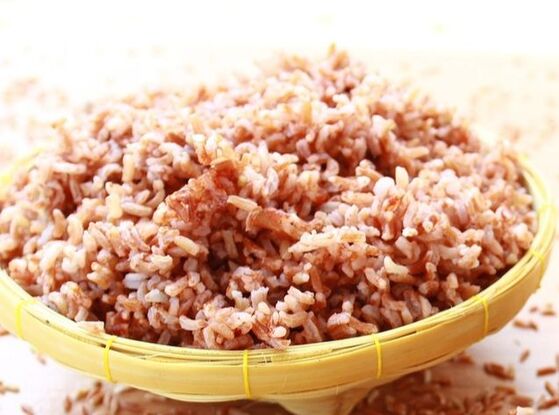

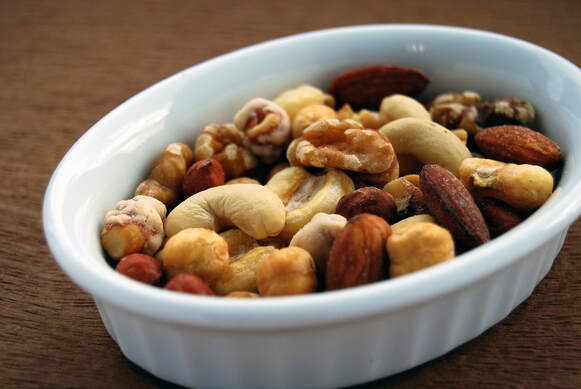

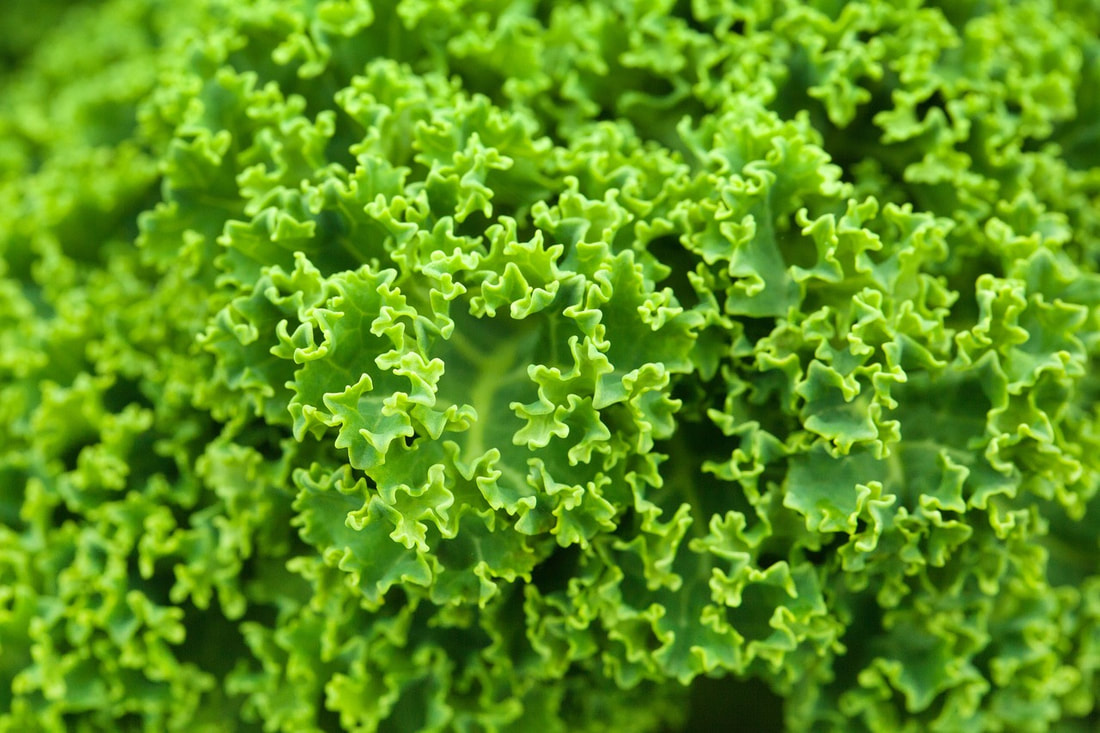
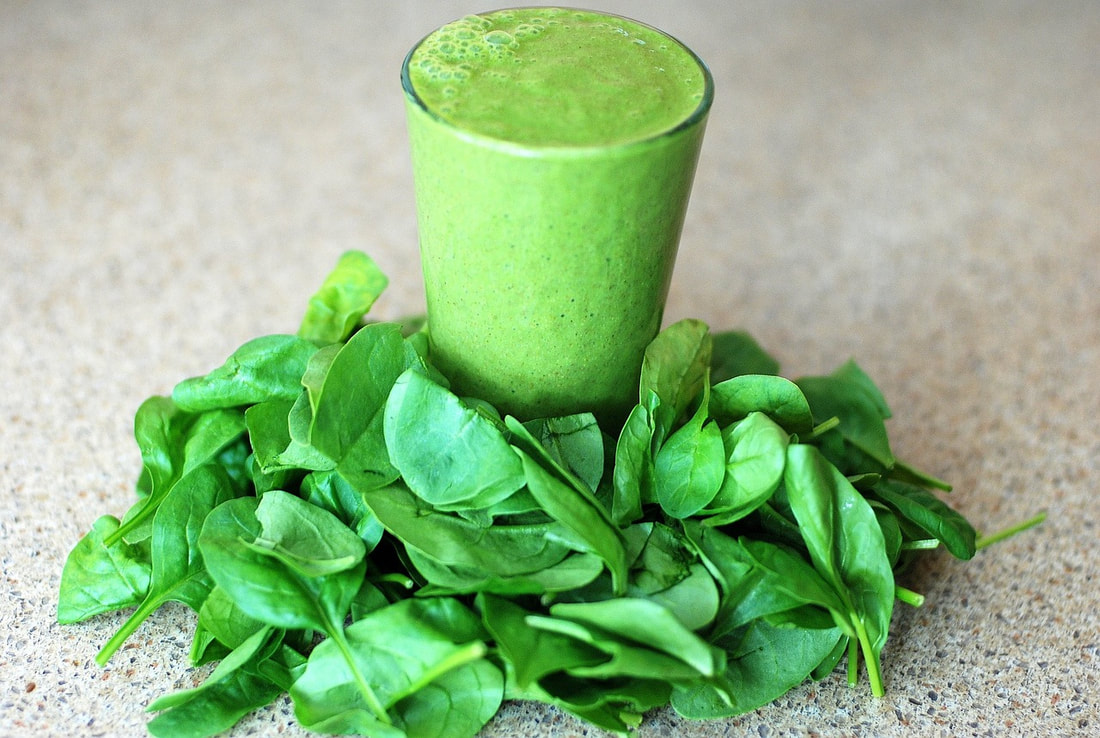

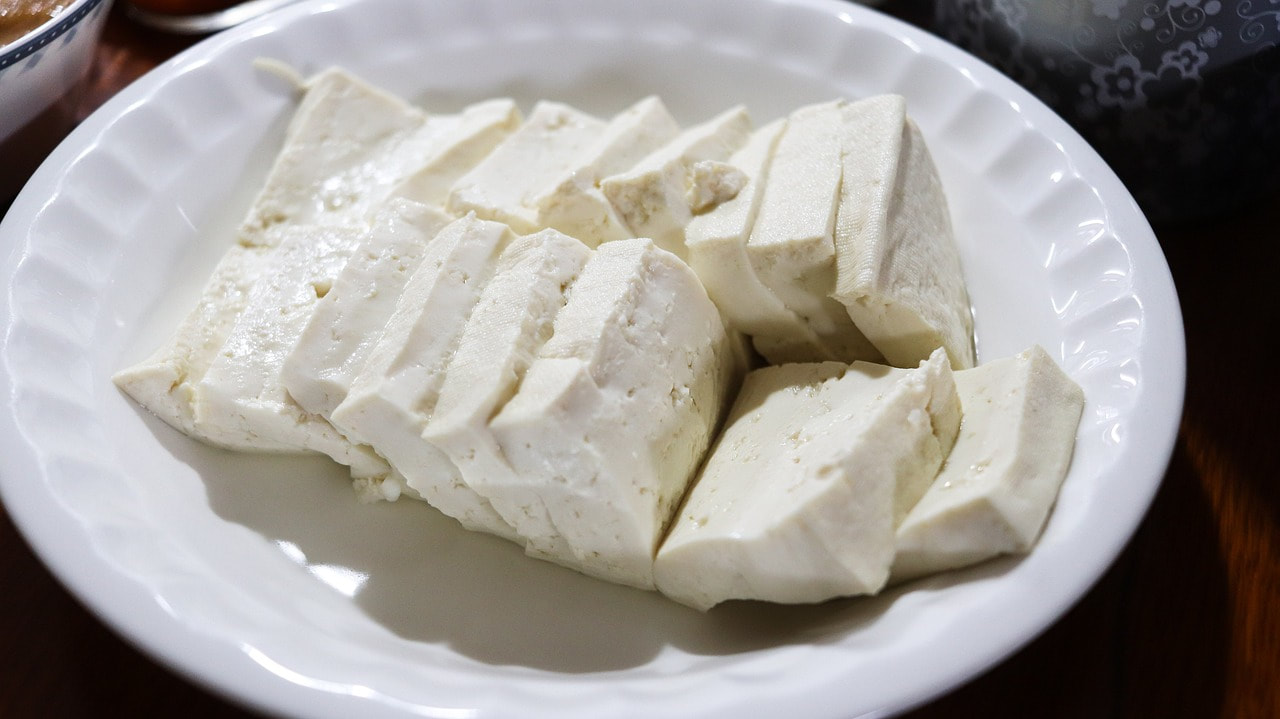

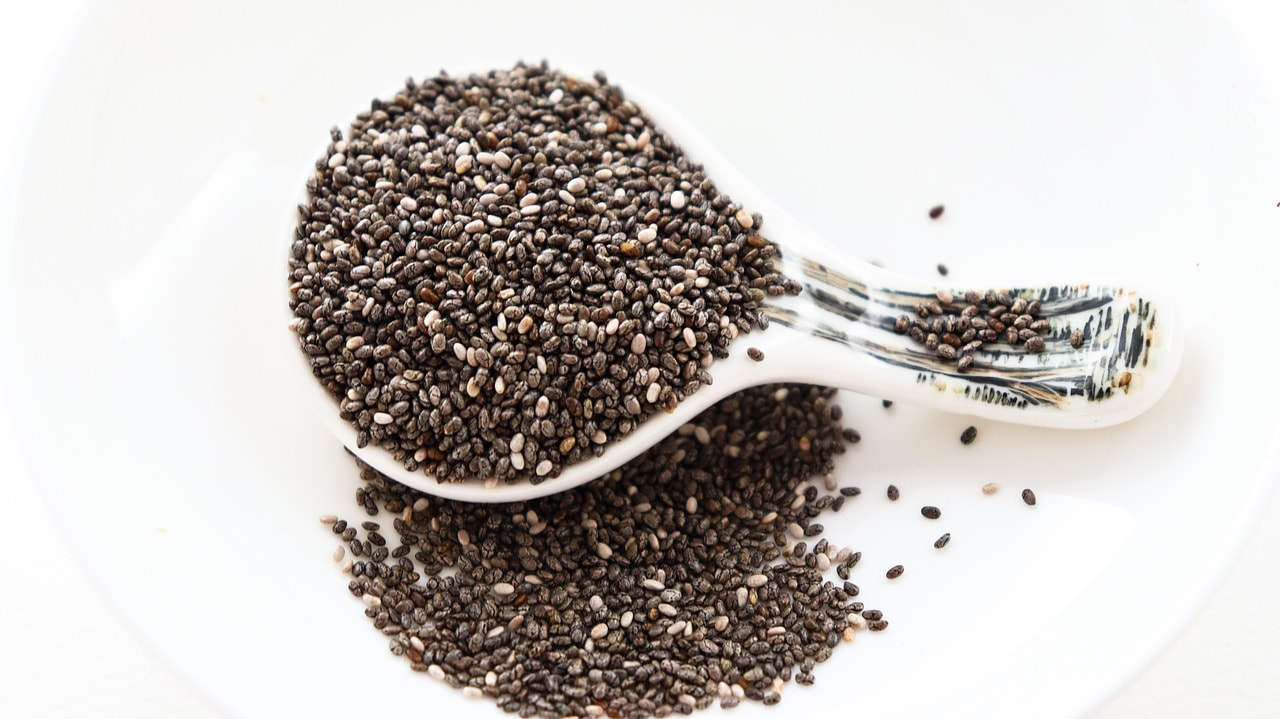



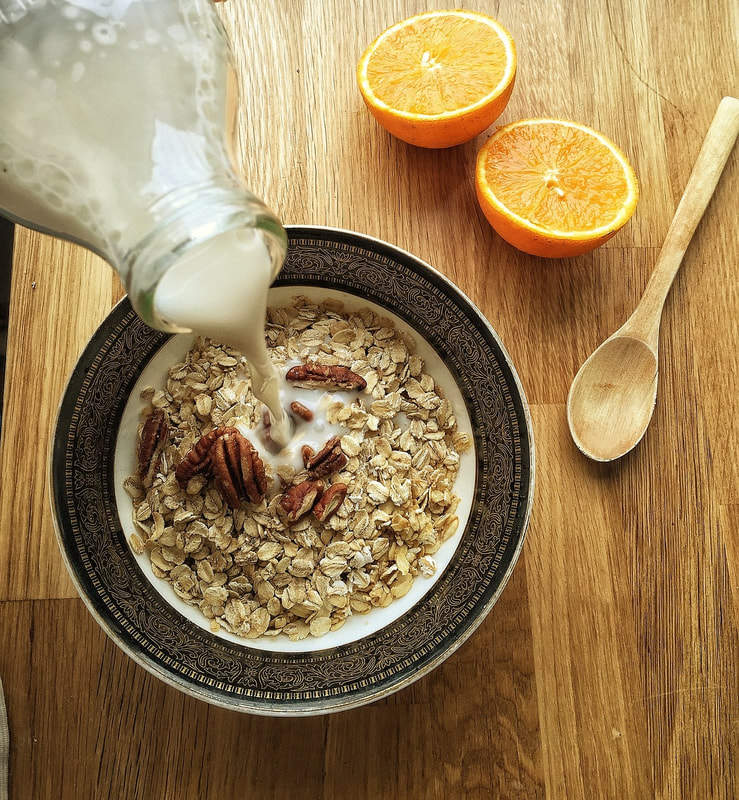
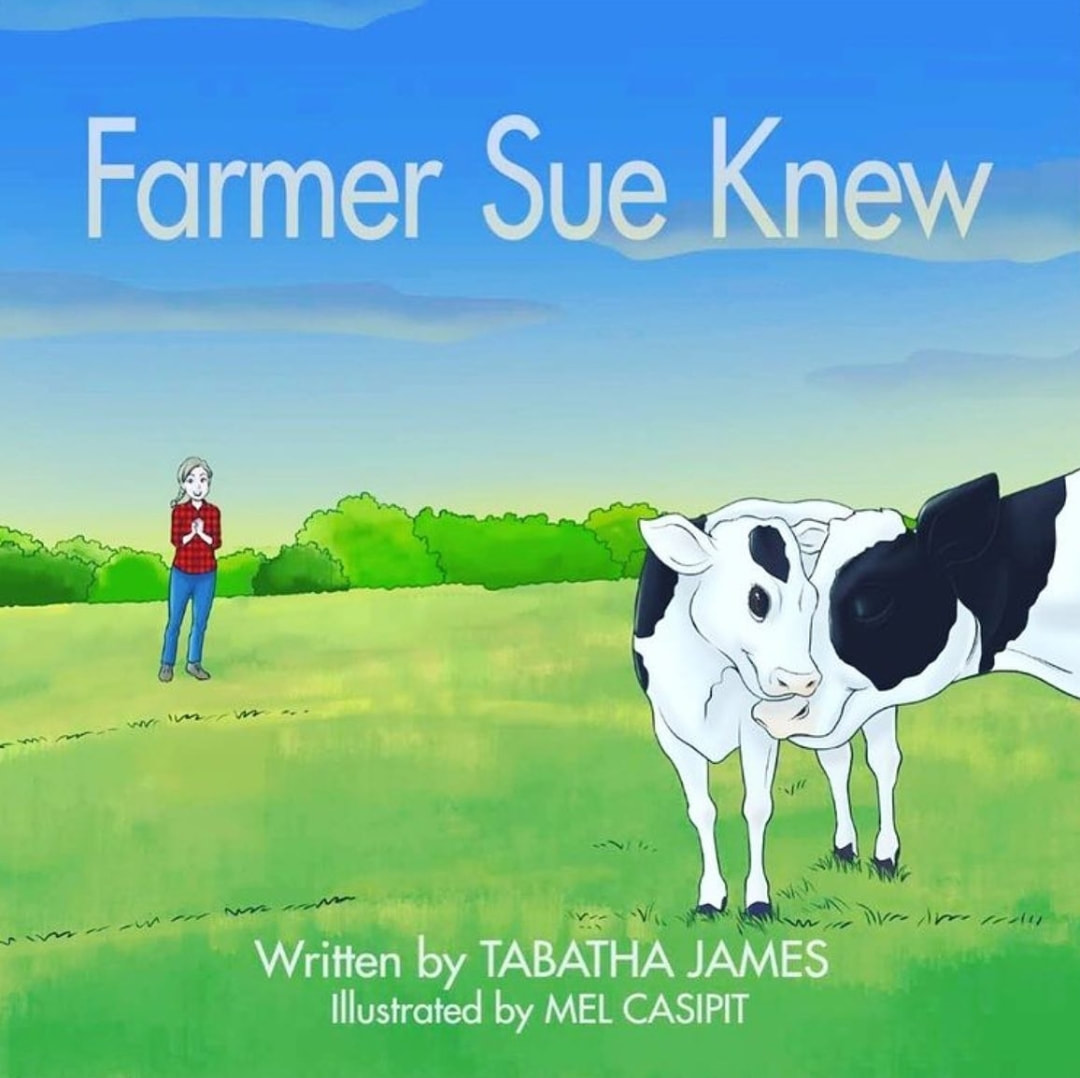
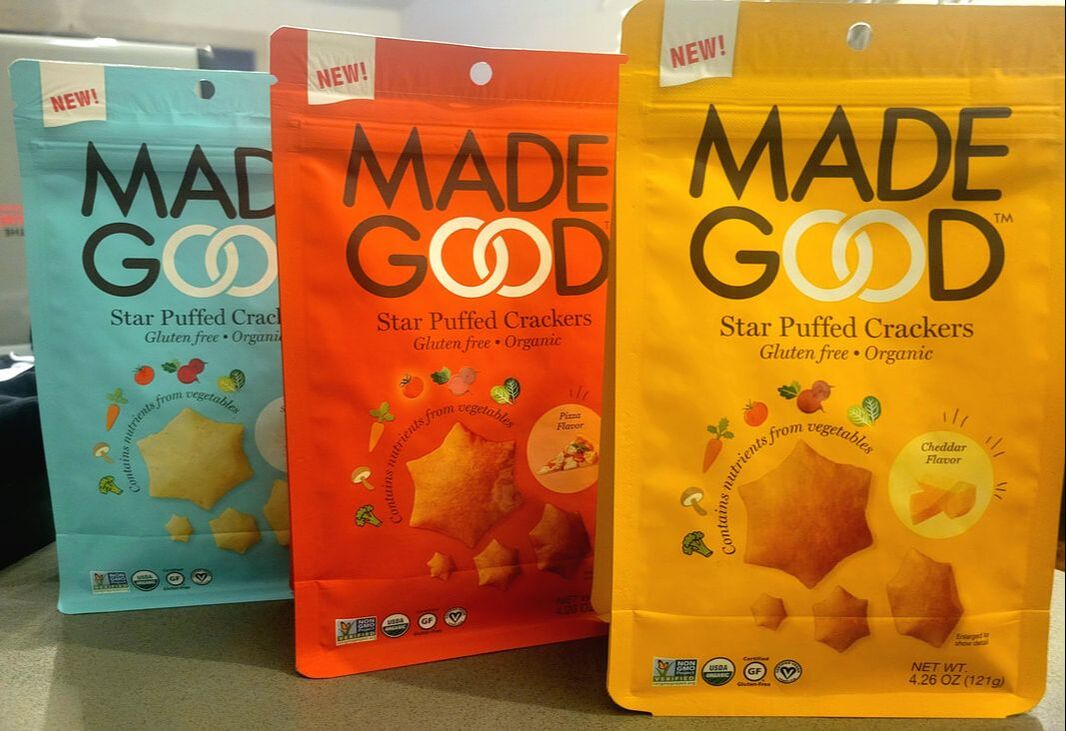



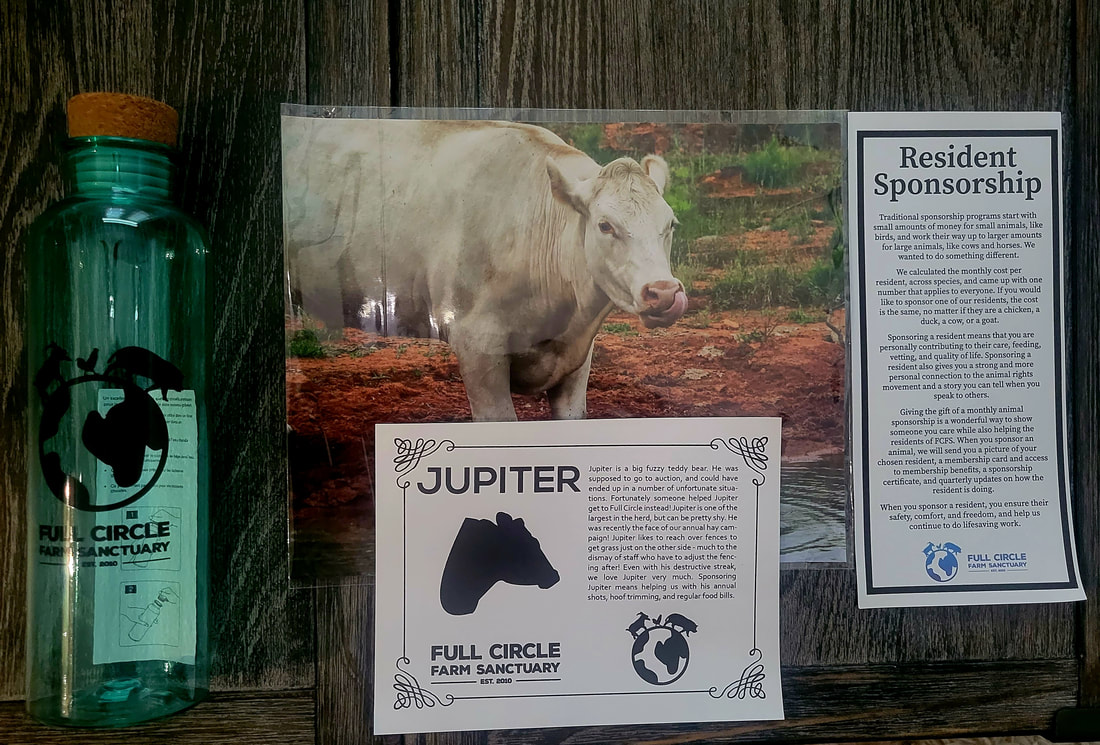

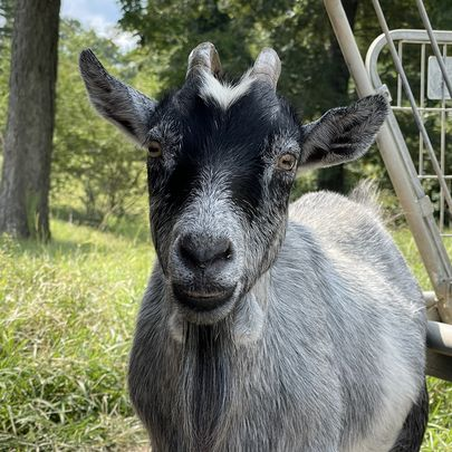

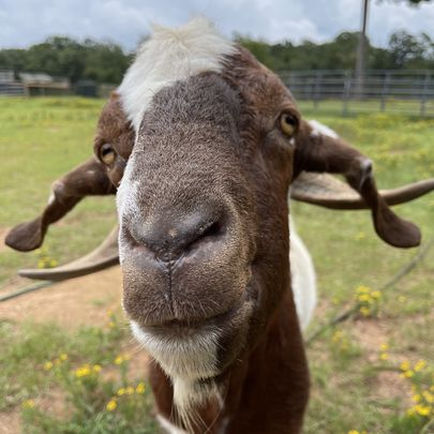

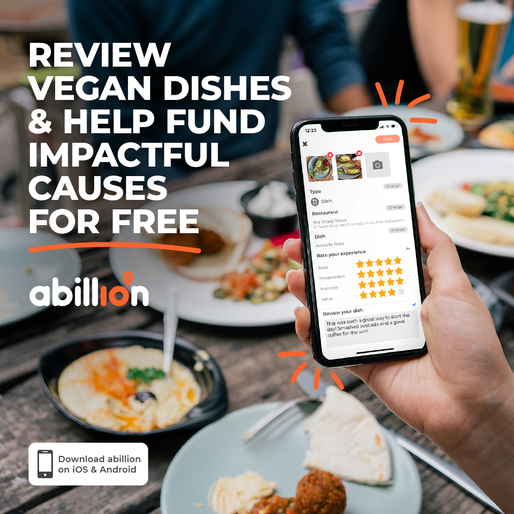






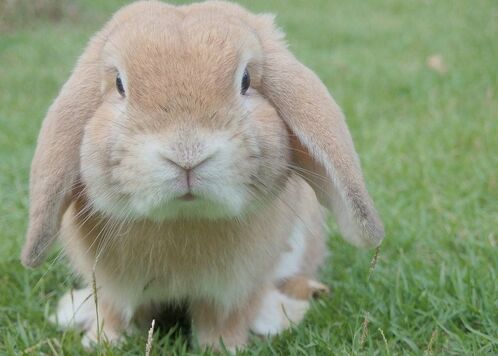




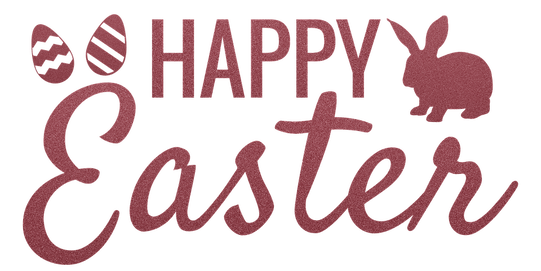

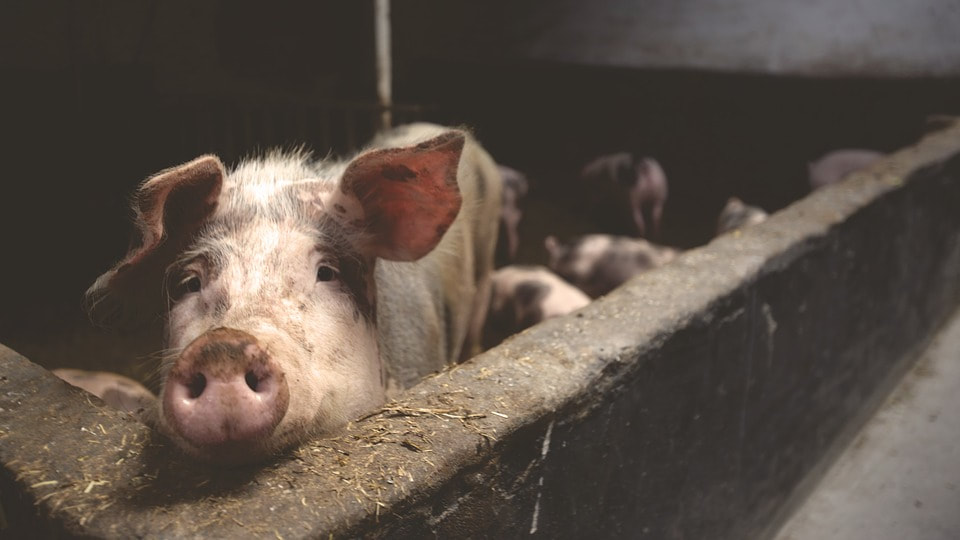



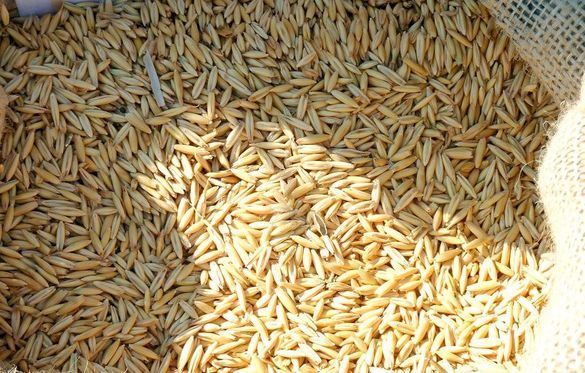
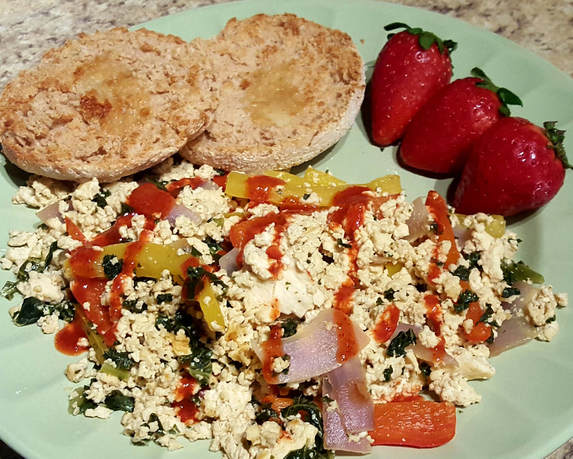



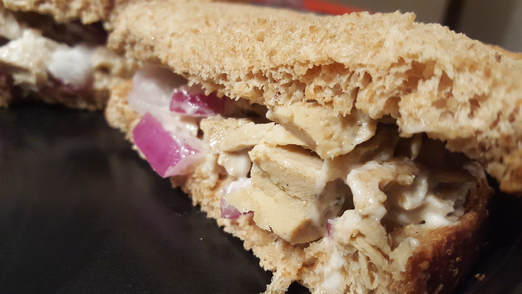

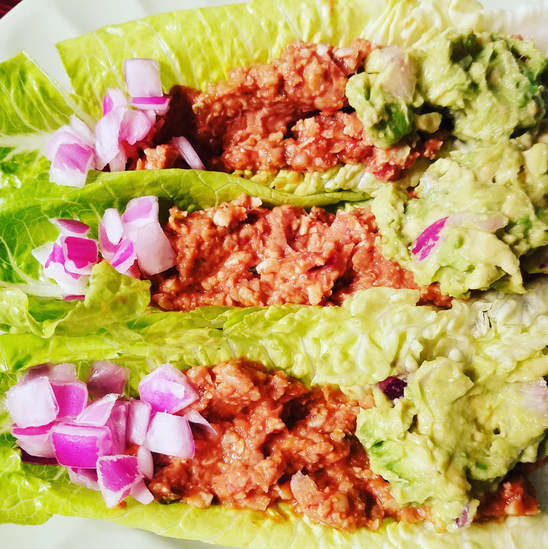


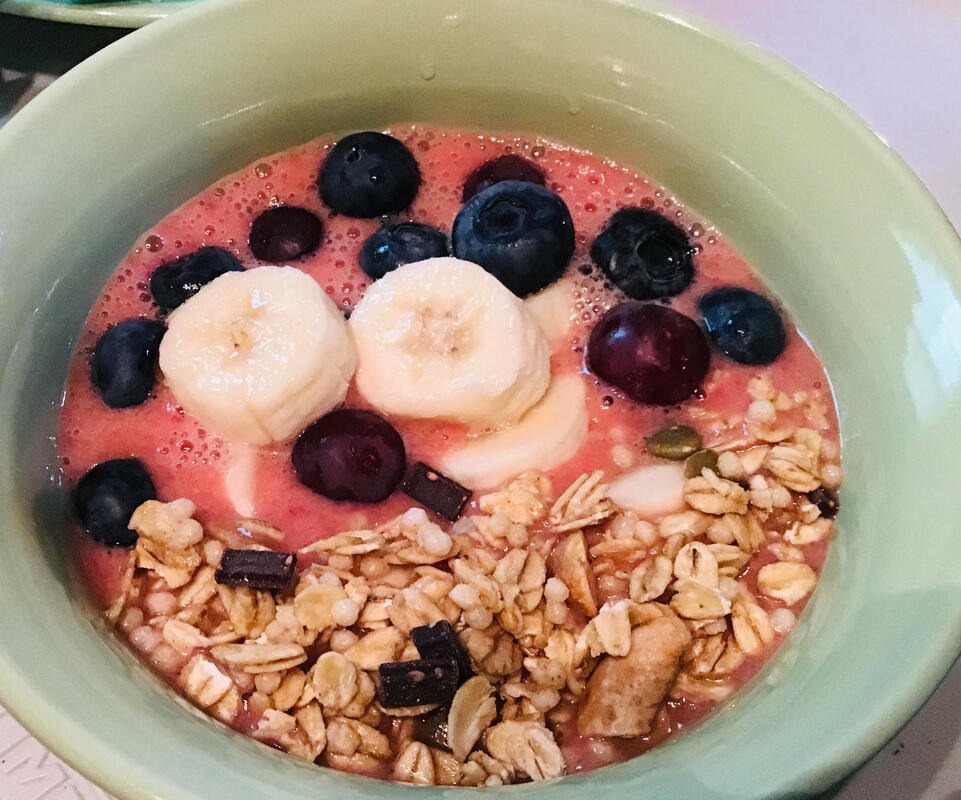
 RSS Feed
RSS Feed
